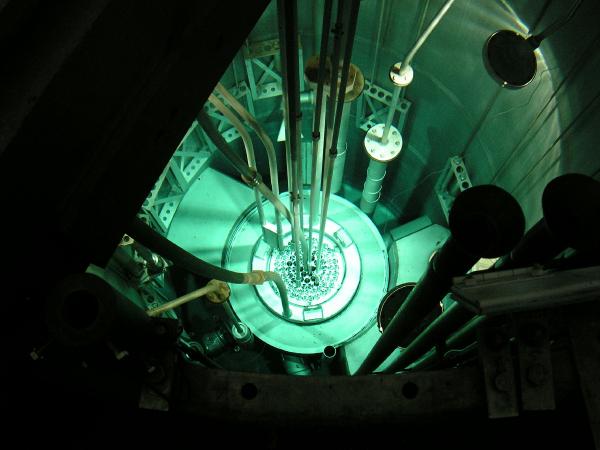Arsenic poisoning did not kill Napoleon in Saint Helena, as affirmed by a new meticulous examination performed at the laboratories of the Italian National Institute of Nuclear Physics (INFN) in Milano-Bicocca and Pavia, together with the University of Milano-Bicocca and the University of Pavia.
The physicists performing the study used a small nuclear reactor used exclusively for research purposes at the University of Pavia, applying techniques that were created for the project known as “Cuore” (“Heart”), which is being developed at the INFN’s national laboratories in Gran Sasso.
The research, published in the journal “Il Nuovo Saggiatore”, was performed on hair samples that had been taken during different periods of Napoleon Bonaparte’s life, from when he was a boy in Corsica, during his exile on the Island of Elba, on the day of his death (May 5, 1821) on the Island of Saint Helena, and on the day after his death. Samples taken from the King of Rome (Napoleon’s son) in the years 1812, 1816, 1821, and 1826, and samples from the Empress Josephine, collected upon her death in 1814, were also analysed. The hair samples were provided by the Glauco-Lombardi Museum in Parma (Italy), the Malmaison Museum in Paris, and the Napoleonic Museum in Rome. In addition to these “historical” hair samples, 10 hairs from living persons were examined for comparison purposes.

The hairs were placed in capsules and inserted in the core of the nuclear reactor in Pavia. The technique used is known as “neutron activation”, which has two enormous advantages: it does not destroy the sample and it provides extremely precise results even on samples with an extremely small mass, such as human hair samples. Using this technique, the researchers have established that all of the hair samples contained traces of arsenic. The researchers chose to test for arsenic in particular because for a number of years various historians, scientists, and writers have hypothesized that Napoleon was poisoned by guards during his imprisonment in Saint Helena following the Battle of Waterloo.
The examination produced some surprising results. First of all, the level of arsenic in all of the hair samples from 200 years ago is 100 times greater than the average level detected in samples from persons living today. In fact, the Emperor’s hair had an average arsenic level of around ten parts per one million whereas the arsenic level in the hair samples from currently living persons was around one tenth of a part per one million. In other words, at the beginning of the 19th people evidently ingested arsenic that was present in the environment in quantities that are currently considered as dangerous.
The other surprise regards the finding that there were no significant differences in arsenic levels between when Napoleon was a boy and during his final days in Saint Helena. According to the researchers, and in particular the toxicologists who participated in the study, it is evident that this was not a case of poisoning but instead the result of the constant absorption of arsenic.





Comments